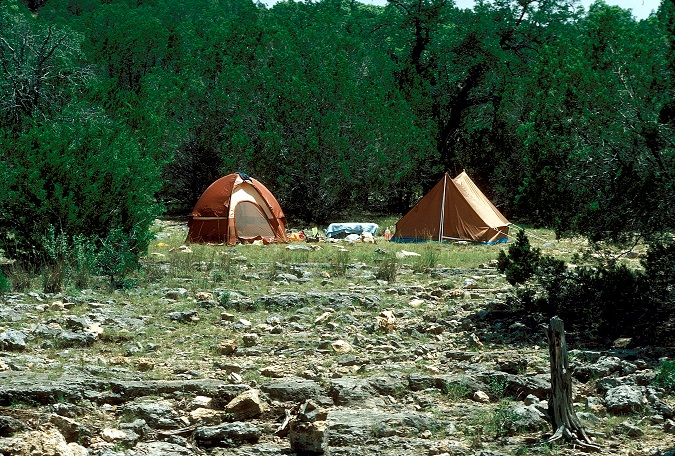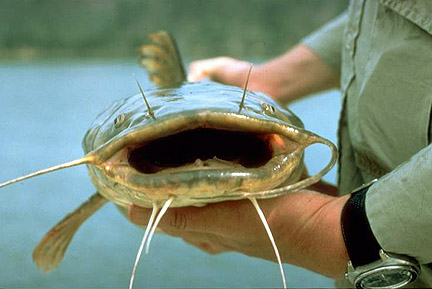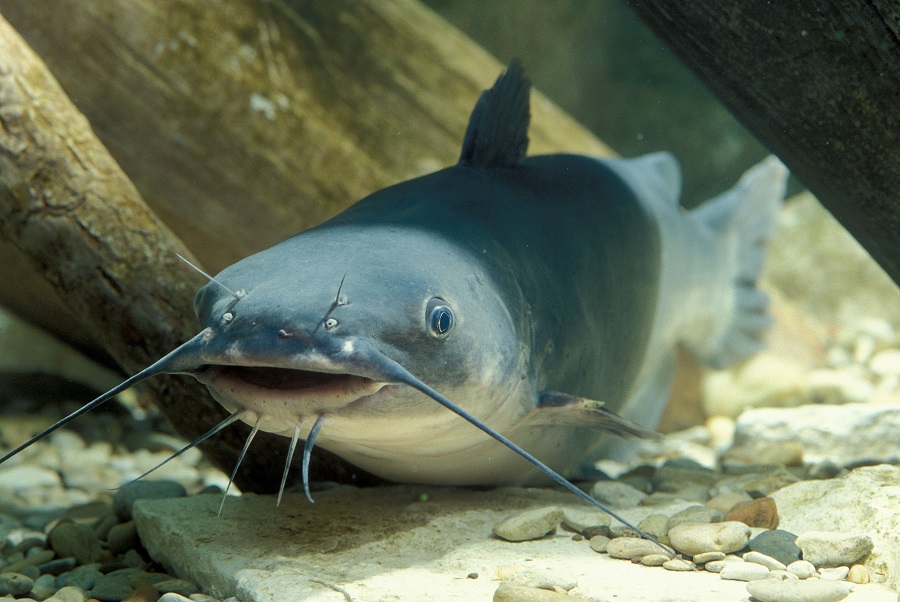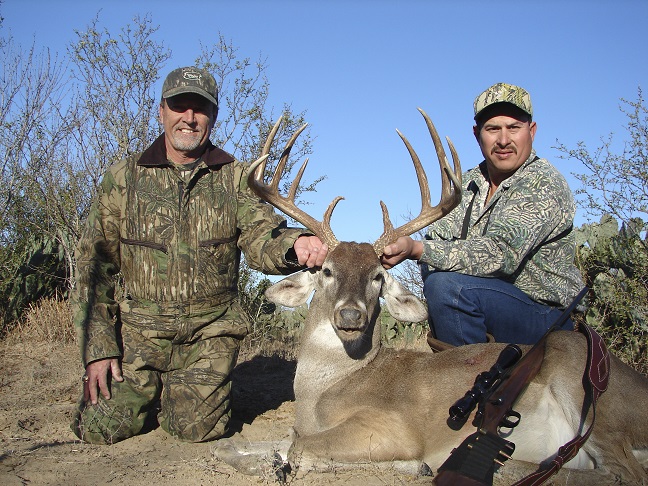Recreation: Safety While Camping
Thursday, June 12th, 2014This is Passport to Texas
If given a chance, children—even those enamored with electronic devices—will crave time outdoors.
07— Once they’re out and having a good time, then they just don’t want to stop. And they don’t even miss the electronics. They don’t. They don’t miss the electronics at all.
With Father’s Day coming up, Robert Ramirez — an education and outreach training specialist with TPW — says it’s an opportunity for dad to take the family on a weekend camping trip. He says: plan for success and safety.
33— You know, I have a laundry list of items that –as far as the planning goes — part of it is to educate them about the campsite, about the water facility. What they can do. What they cannot do. Where they can go. What to use. If they’re going to need a PFD [personal flotation device], or if they’re going to just go hiking to wear a whistle all the time. My kids always wear a whistle when they’re out and about at the parks. It’s very important to educate them about their surroundings — what to look for and what to stay away from.
Have your kids ever had to use the whistle?
No, never have. But, it’s so tempting for them; it’s hard to not use it just to see what happens with dad…where dad comes running from.
Are you new to overnight camping? Enroll in a Texas Outdoor Family workshop where your tribe will learn the basics of fun and safety in the outdoors. Locate workshops on the TPW website.
For Texas Parks and Wildlife, I’m Cecilia Nasti.







 Passport to Texas is a
Passport to Texas is a  Passport to Texas is made available by:
Passport to Texas is made available by: